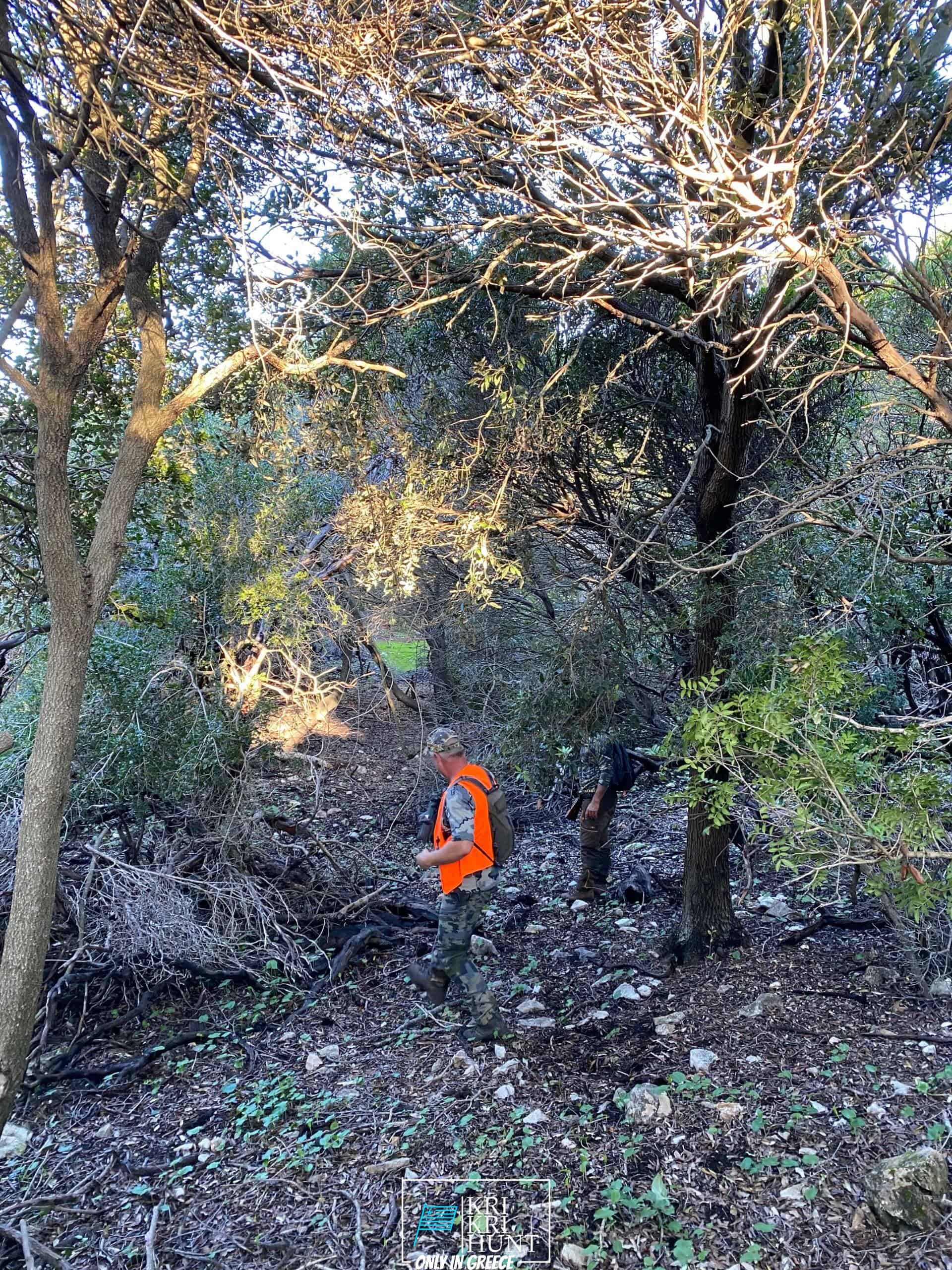Experience the thrill of kri-kri ibex hunting in Greece
Experience the thrill of kri-kri ibex hunting in Greece
Blog Article

Hunting for Kri Kri ibex in Greece is an extraordinary trip and an amazing hunting exploration all rolled into one. For the majority of hunters, ibex searching is a challenging task with unpleasant problems, yet not in this instance! During five days of exploring old Greece, diving to shipwrecks, and also spearing, you'll encounter beautiful Kri Kri ibex on an unique island. What else could you desire?

Hunting kri kri ibex in Greece is a tough work, as well as searching as a whole. It is testing for non-Greek seekers to quest big game in Greece. The kri kri ibex is the only option for regional hunters besides wild boars as well as roe deer, which might just be hunted in thoroughly protected special hunting areas such as certain islands. 2 different islands concerning 150 kilometers/ Atalanty/ and 300 kilometers/ Sapientza/ from Athens give the possibility to hunt this stunning creature. There, hunting this animal is forbidden from early morning till noon, according to Greek legislation. Only shotguns are permitted, and slugs are the only ammunition permitted. You need to schedule a year in advance for searching licenses. This ensures that major seekers just are enabled on these trips. Only the Greek Ministry of Nature and also Agriculture concerns the licenses, and the federal government problems a particular number of them every year.
Our outdoor hunting, fishing, as well as complimentary diving excursions are the excellent way to see everything that Peloponnese needs to use. These tours are made for travelers who want to leave the beaten path and also really experience all that this unbelievable region has to supply. You'll get to go hunting in several of the most gorgeous wilderness areas in Greece, fish in crystal-clear waters for a range of different types, as well as free dive in a few of the most sensational shoreline in the Mediterranean. And most importantly, our experienced guides will exist with you every action of the means to see to it that you have a risk-free as well as enjoyable experience.
So if you are looking for a genuine Greek experience far from the hustle and bustle of tourist after that look no more than Methoni in The Peloponnesos! Our outside hunting for Kri Kri ibex, fishing, totally free diving as well as exploring Peloponnese scenic tours from Methoni are the best means to discover this beautiful area at your own rate with like minded individuals. Call us today to schedule your put on one of our trips.
What is the diference between Kri Kri ibex, Bezoar ibex and hybrid ibex
The kri-kri is not thought to be indigenous to Crete, most likely having been imported to the island during the time of the Minoan civilization. Nevertheless, it is found nowhere else and is therefore endemic to Crete. It was common throughout the Aegean but the peaks of the 8,000 ft (2,400 m) White Mountains of Western Crete are their last strongholds–particularly a series of almost vertical 3,000 ft (900 m) cliffs called ‘the Untrodden’—at the head of the Samaria Gorge. This mountain range, which hosts another 14 endemic animal species, is protected as a UNESCO Biosphere Reserve. In total, their range extends to the White Mountains, the Samaria National Forest and the islets of Dia, Thodorou, and Agii Pandes.
This Ibex is NOT a diminutive form of the Bezoar Ibex, which has migrated into the western-most reach of the range of this species. The kri – kri (Capra aegagrus cretica), sometimes called the Cretan goat, Agrimi, or Cretan Ibex, is a feral goat inhabiting the Eastern Mediterranean, previously considered a subspecies of wild goat. The kri-kri has a light brownish coat with a darker band around its neck. It has two horns that sweep back from the head. In the wild they are shy and avoid tourists, resting during the day. The animal can leap some distance or climb seemingly sheer cliffs.
“The agrimi goat Capra aegagrus cretica is unique to Crete and its offshore islands. It has been identi®ed as a sub-species of the wild bezoar goat Capra aegagrus aegagrus Erxleben, 1777, which it closely resembles in horn shape, body form and coloration. This classi®cation has been disputed by some researchers who claim that the agrimi are feral goats, derived from early domestic stock brought to the island by the ®rst Neolithic settlers. In order to clarify this issue, DNA analyses (cytochrome b and D loop sequences) were carried out on tissue of live and skeletonized agrimi and compared to sequences of wild and domestic caprines. Results conclusively show the agrimi to be a feral animal, that clades with domestic goats (Capra hircus) rather than with wild Asiatic bezoar. This study demonstrates that morphometric criteria do not necessarily re¯ect genetic af®nities, and that the taxonomic classi®cation of agrimi should be revised.”
Report this page